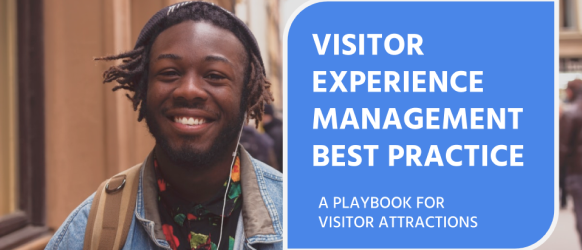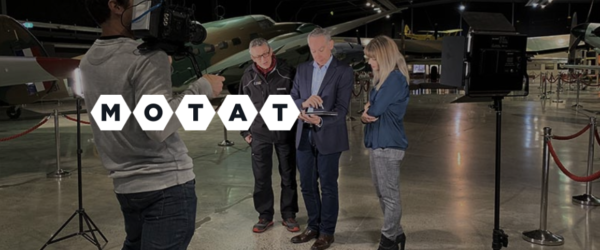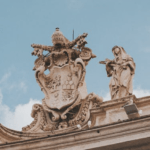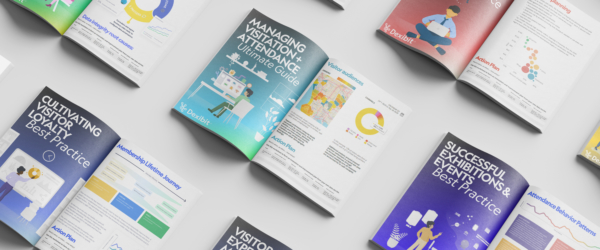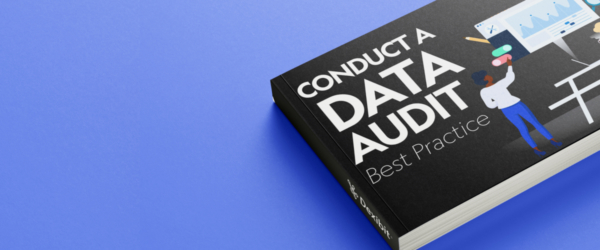Top 3 priorities for visitor attractions navigating reopening and recovery
- In COVID
- Articles
- 5 min read
The hardest part of leading through the crisis is still ahead of us: navigating the reopening and recovery. So far, 2020 required short term thinking – whether this was closing the doors and going into lockdown, opening the doors and coming out of it, or making hard and swift decisions to ensure survival. As an industry, whilst we’ve mostly come to terms with the immediate crisis, we now find ourselves staring down to the future beyond it.
With cash reserves already tested by the pandemic so far and no guarantee of continuing government support, the challenge is threefold: providing for safe and happy visitors, achieving financial sustainability and being able to reimagine some form of growth towards what once was. For each of these challenges, we highlight the metrics to keep a close eye on and how to optimize them using an insight inspired strategy.
#1 Supporting safe and happy visitors
The first challenge upon reopening is to balance visitor safety and experience under often mandated constraints. Experience and safety are inextricably linked, given how safety measures can often disrupt visitor experience, or how a visitor’s happiness can be impacted by their perception of the adequacy of these measures.
Whilst some venues are well versed in managing capacity, for many this has meant a rush to install footfall counters, implement advance pass systems and a means to manage across these, together with location analytics. The stakes are high – capacity breaches are a matter of public health and in many regions, penalties. And of course we implement these new systems to keep track of capacity and ensure our visitors feel safe onsite, capping attendance to ensure social and physical distancing.
In operating at dramatically reduced numbers, the issue then becomes utilization: the need to attract and serve as many visitors or as high yield as possible under these limits. It is easier said than done – most reopened venues are seeing higher than usual no shows, or attrition, on booking reservations (even for high price tickets), while encountering challenges such as balancing the need to service members with a desire to maximize more immediate gains through admission or upsell revenue.
Reflections:
- How do you measure and monitor occupancy against capacity? Who do you have to report breaches to and what is the risk or penalty for these? What are the risks which could lead to a breach and what happen as you near a threshold?
- How can you increase capacity, or utilization? If your venue offers advance passes or tickets, what is the attrition or no show rate and can you confidently issue overage on this assumption or prediction?
- How are you measuring visitor satisfaction and sentiment around safety? What themes are coming through your channels for voice of the visitor, onsite and online?
#2 Achieving financial sustainability
Surprisingly, some venues are reporting an increase of average revenue per visit compared to normal, thought to be a resulting behavior of locals going out less: these days, the visit to the venue is the highlight of the day, sometimes the week or even the month. Rarely venturing out, this results in an increased discretionary spend in upsells as visitors treat themselves in venue shops and cafes, or are more likely to pay for parking than take public transport. This is a contrast on normal times where visitors would rush more through their visit, resulting in a shorter dwell time, as they would often cram their visit in with other activities.
While a welcome trend, the rise fails to offset the loss of visitor volume and for venues who usually benefit from tourists spending up large, a few extra local dollars does little to help. Thus, as much as a focus on yield, more gains are to be had in efficiency. Evaluating days and hours of operation, limiting lines of business or activities such as exhibitions by results and adjusting staffing to demand are blunt but effective tools to bring variable costs in line with revenue in order to stop the bleeding and survive the crisis.
Reflections:
- If at capacity, how much is absorbed from member visits without admission contribution?
- How does Average Revenue Per Visit (ARPV) compare to this time last year? Why might it be different?
- How do days and hours of operations, or activities compare to newly established visitation trends?
#3 Reimagining growth
Little of the visitor attraction business model is the same as it once was. Visitation trends have changed to mostly hyper local visitors, often weekend explorers, who plan only in the short term and care about different things than they used to. Members and season pass holders are sensitive to how the venue responded in policy from the first lockdown, value different things such as exclusive times for safe visiting, or are driven by new motivations in conversion or renewal such as a community spirited investment in the institution’s future.
The quantum shift is most felt in marketing: visitor acquisition costs are dramatically different and advertising spends have to concentrate in new geographies and channels. To compound matters, most industry marketers are also dealing with reduced budgets and sometimes smaller departments – all driving a need to achieve more with less.
Reflections:
- What is the Visitor Acquisition Cost (VAC) of marketing spend required to get a visitor through the door? How much has it changed? How does this impact net value per visit?
- How can we optimize organic digital efforts to counteract reduced budgets?
- How have member conversion and renewal/churn rates shifted? What does this mean for membership product strategies or campaign messaging?
So how do we support safe and happy visitors in a financially sustainable way with an outlook on reimagining growth? Despite these challenges brought on by COVID-19, the pandemic has given the industry a surprising advantage in pursuing this. Just as the crisis hit the fast forward button on years of digital transformation going into lockdown, it has likewise sped up data transformation coming out of it. The world has witnessed the success of those who use and communicate data in their decision making, increased its data literacy through the daily news and experienced a compelling event and sense of urgency for change.
As we’ve spoken to a handful of attractions who have opened, we’ve heard one thing in common: all eyes go to the numbers. For leaders, this represents a prime opportunity to push for the lean and agile culture necessary to navigate a complex recovery, beginning with insight inspired strategy.
Want to learn more about Dexibit?
Talk to one of our expert team about your vision to discover your data strategy and see Dexibit in action.
